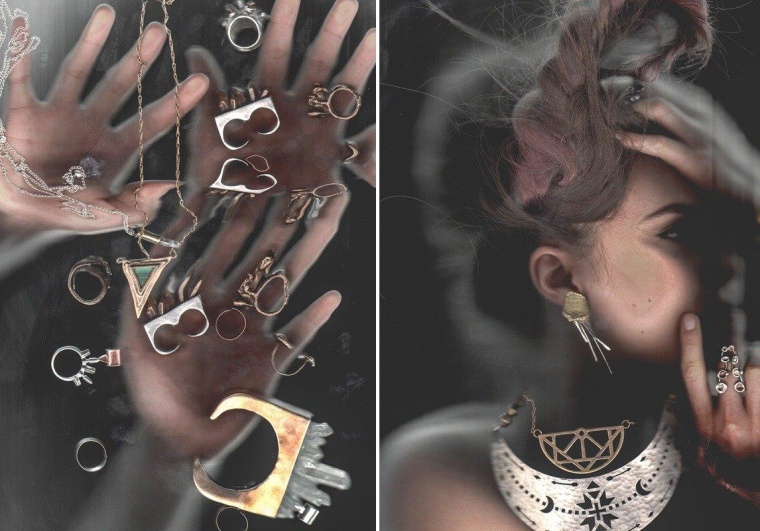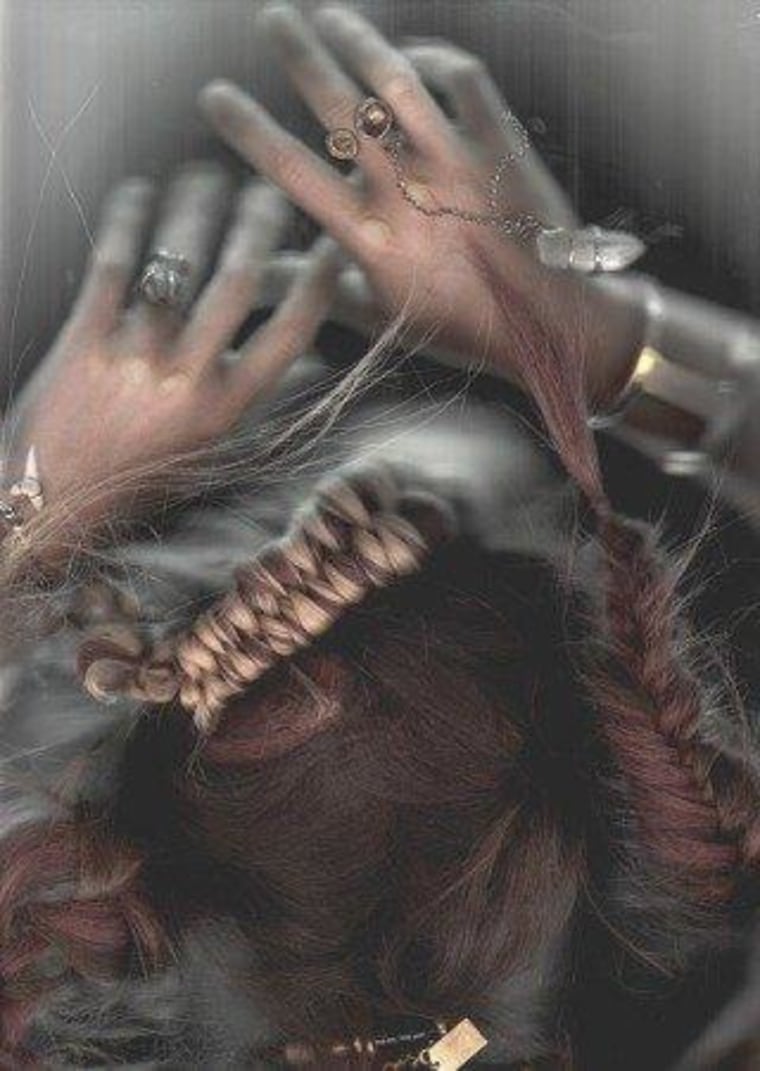
By Devin Coldewey, msnbc.com
Photographer Henry Hargreaves created a unique look for a recent fashion shoot by choosing not to use a camera at all. Instead, he had the model and jewelry pressed up against a common flat-bed scanner. The result is a faded, ghostly look — a bit like putting your face on the copier, but done with artistic flair.
Hargreaves explained that when he was approached to capture images of a jewelry collection, he wanted to try something more interesting. His primary motivator was, ironically, that shooting fashion photos isn't really his line of work: "To be a successful fashion photographer, you have to care about fashion." He wanted to make more of an art project out of it, and thought the scanner idea fit the subject well.

The scanner itself is just a standard large-format one — "the cheapest of the biggest" — and didn't have any special modifications other than taking the lid off and putting it on a stand. Even the images it put out didn't get much in the way of tweaking. The trouble was that, without any image preview or review, he had to experiment with different factors like how to arrange the items and the model, as well as how to keep things steady for the 30 seconds it would take to capture the image.
Hargreaves was also concerned about how much pressure should be put on the glass. Not just because it might break, but because so little of the image is in focus above the scanner surface that a tiny change in pressure might make the model's eyes or skin look totally different. In the end, it was simple trial and error.
It's not the first time a scanner or copier has been used for this type of image, though the look Hargreaves created is certainly different. Tori Amos has some album art done in a similar way, and Belgian artist Lieve Prins actually did copier-based art live on stage. And of course there are the innumerable minor pieces created by bored, mischievous office workers worldwide.
The photographer is interested in doing more free-form art using the scanner as a tool, citing work by David Hockney and others as an inspiration. His work is marked by the use of non-standard methods and materials, like food, string, and ribbon, to create striking images.
There are some entertaining on-set photos at DesignBoom, and you can view the rest of the scanner images at Hargreaves' website. Excercise caution: scroll too far and you may encounter some NSFW images.
Devin Coldewey is a contributing writer for msnbc.com. His personal website is coldewey.cc.
More from Digital Life: